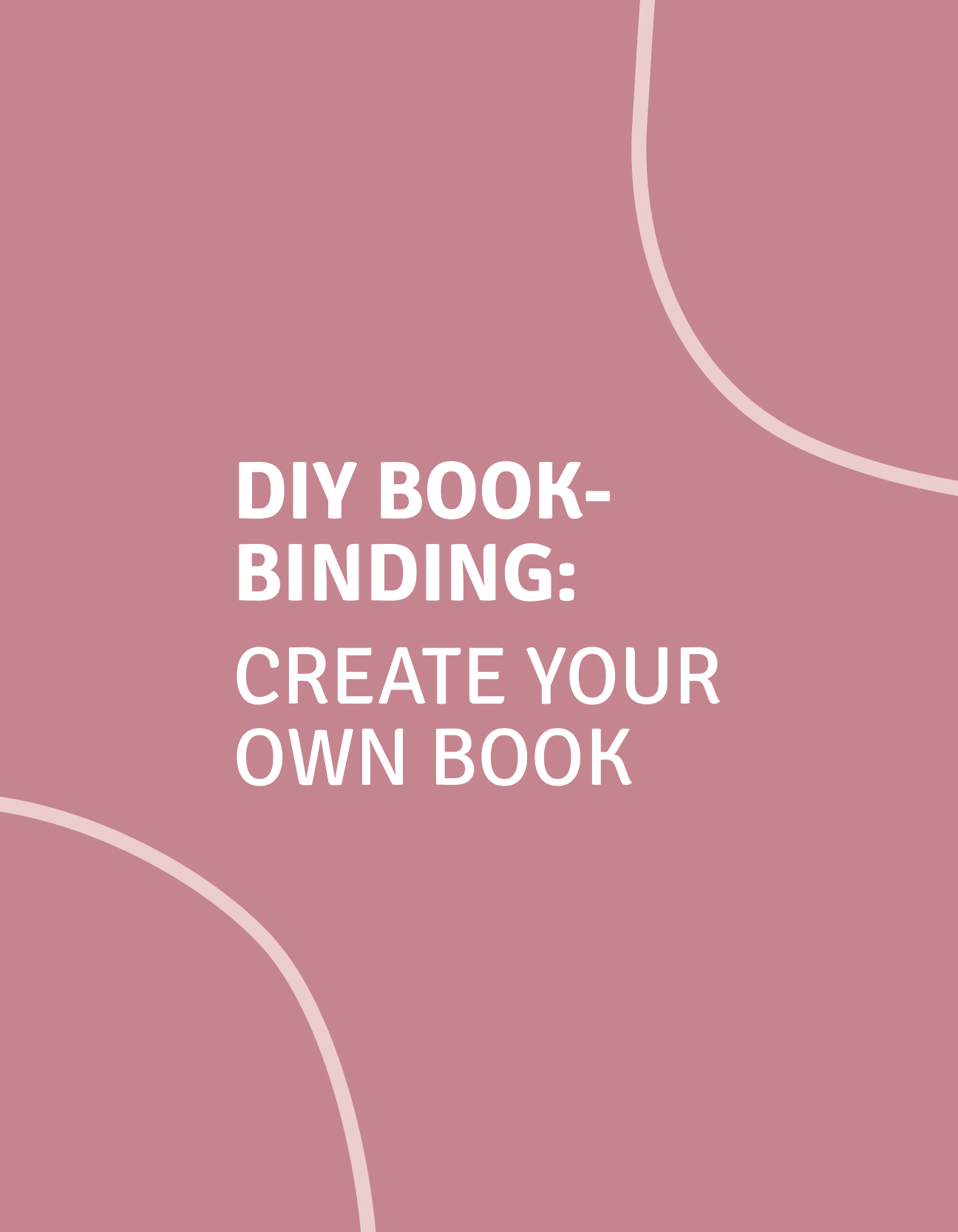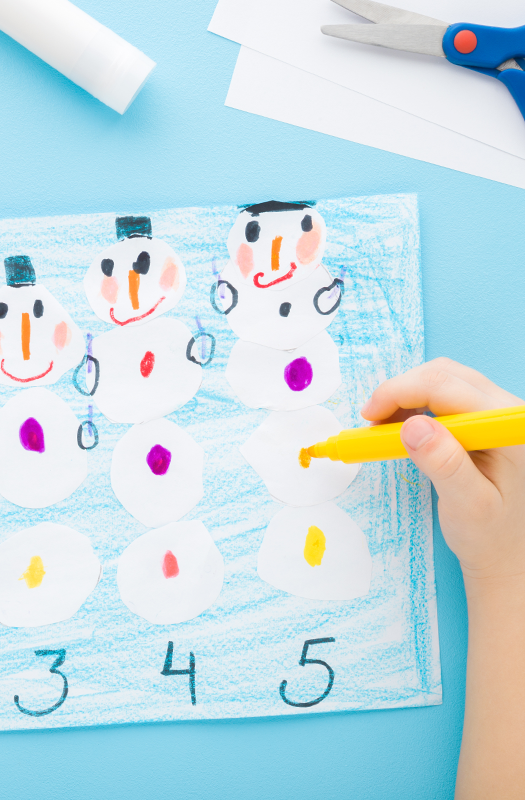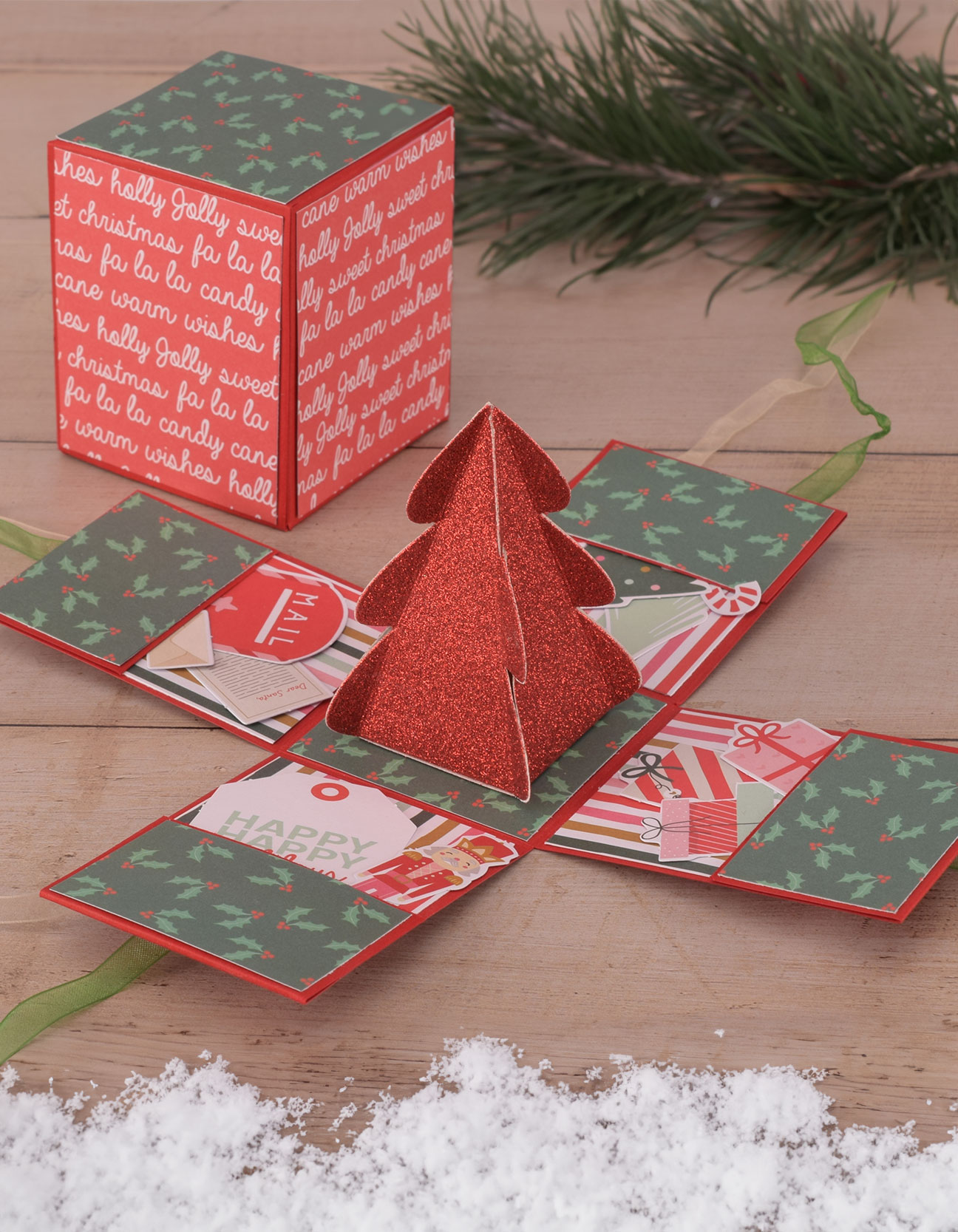Debido a la gran demanda, su paquete puede sufrir retrasos


DIY bookbinding: Create your own book
Ever wanted to make your own notebook? If so, bookbinding is the perfect new hobby for you! In this blog, we'll delve deeper into what bookbinding entails and provide instructions for two different methods: using a bookbinding machine or by hand. So, grab your crafting supplies, and let's get started!
What is bookbinding?
Bookbinding is a craft technique in which loose sheets of paper are assembled into a book by binding them using various methods. The result is a unique and personalised notebook, diary, or even an art book made entirely to your own taste.
Bookbinding with a bookbinding machine
First, we'll explain how to make a booklet using a bookbinding machine. These instructions are written for the Cinch machines by the brand We R Makers. Instructions may vary for other brands, so always refer to the machine's instructions before use.
Materials
- Bookbinding machine (e.g., the Cinch Machine)
- Bookbinding rings or (Cinch) wires
- Paper for the pages of your book
- Cardboard for the cover of your book
- Glue
- Optional: Cutting tools
- Optional: Decorative elements such as ribbons or stickers
Step by step
Step 1: Preparing the pages
Cut the paper to the desired size for the pages of your book, considering how big you want your booklet to be. Ensure you cut the pages neatly and evenly. You can use different types of paper for a unique effect; think of various colours, prints, and textures.
Step 2: Preparing the cover
Cut the cardboard to the correct size for the cover of your book. Ensure the cover is sturdy enough to protect the book.
Tip! Make the cover a few millimetres longer than the pages of your booklet to ensure the pages are well-protected.
Step 3: Punch holes in all your paper and covers
Use the instructions of the bookbinding machine to determine which setting you need to punch holes at the correct distance. Place the paper accurately in the punching side of the machine and punch holes in the paper by pressing the handle down. You can choose to do this one sheet at a time or multiple at a time.
Step 4: Prepare enough binding material
Select the right number of bookbinding rings for the number of punched holes, or use pliers to cut the cinch wires to the correct size.
Step 5: Binding the book
- When using bookbinding rings, Ensure the pages for your booklet are aligned and place the holes over the rings. Then, place both covers, pretty sides together, on top of this. Finally, snap the rings closed to secure the pages.
- When using cinch wires: Place the cinch wires into the bookbinding machine, aligning them with the desired position of the holes in the pages of your book. Place the papers over the cinch wires, then place both covers on the stack of papers with the nice sides facing each other. Use the cinch guide to press the cinch wire down, eliminating the space between the rings and preventing the pages from coming loose.
- Alternatively, you can use cinch binding wires in spiral form. In this case, you don't need to press the cinch wire together; instead, you twist the spiral through each hole in your booklet.
Step 6: Completing the book
Fold the back cover, and voilà, your self-bound book is finished! Check the bound book for any loose pages or imperfections and correct them if necessary. Your self-bound book is now ready to be decorated and used as you'd like.
Also see this video for a visual aid to these instructions.
Bookbinding by hand
Would you like to make a booklet but don't have a bookbinding machine? That's no problem. We've also written a short but clear explanation for this.
Materials
- Paper: Choose the paper that best suits the purpose of your book.
- Cardboard: Use cardboard for the cover of your book to give it strength and protection.
- Needle and thread: To bind the pages of your book, you'll need a needle and thread. Choose a sturdy thread that fits well with the size of your book.
- Glue
- Cutting tools: A cutting mat and a sharp craft knife are helpful for accurately cutting paper and cardboard to your desired size.
Step by step
Now that you've gathered all the necessary materials, it's time to start. Follow these simple steps to bind your own book.
Step one: Preparation
Cut the paper and cardboard to the desired size for the pages and the covers of your book.
Tip! Cut the cover a few millimetres longer and wider than the pages of your booklet to ensure that the pages are well protected.
Step 2: Make the cover
Glue the pieces of cardboard for the cover onto a sheet of paper with a design of your choice and let it dry. Then, fold this sheet into three parts to create the cover. You can use a bone folder to make the folds neat and sharp. Optionally, use another pretty sheet of paper to make the inside of the cover look nice.
Step 3: Fold the pages
Fold the pages of your book in half and stack them together. Ensure that the number of pages fits nicely into your cover.
Step 4: Pierce holes
Poke holes in the spine of your cover and the pages. You can use a homemade template to ensure that the holes are all at precisely the same distance from each other.
Step 5: Sew the pages
Using the needle and thread, sew the folded pages into the book's spine.
Step 6: Decoration
Personalize the booklet by decorating it in your own style. In addition to paper, you can use fabric, paint, ribbon, and glitter.
See this video for even more tips and tricks.
Inspiration to decorate
After you've bound your booklet, it’s time for maybe the most fun part; you can start decorating the covers and the inside. Here are some fun ideas to express your creativity and further embellish your booklet:
- Experiment with different forms of bookbinding by hand, such as Coptic or Japanese binding.
- Add colourful ribbons as bookmarks for a playful touch.
- Use stamps to create unique designs on the cover of your book.
- Incorporate dried flowers or leaves to add a natural element to your book.
- Use a cutting machine (such as Cricut) to cut titles or embellishments from paper or vinyl.
With these simple steps and creative ideas, you can now get started on creating your own unique notebooks. Get creative and make the most beautiful booklets.



